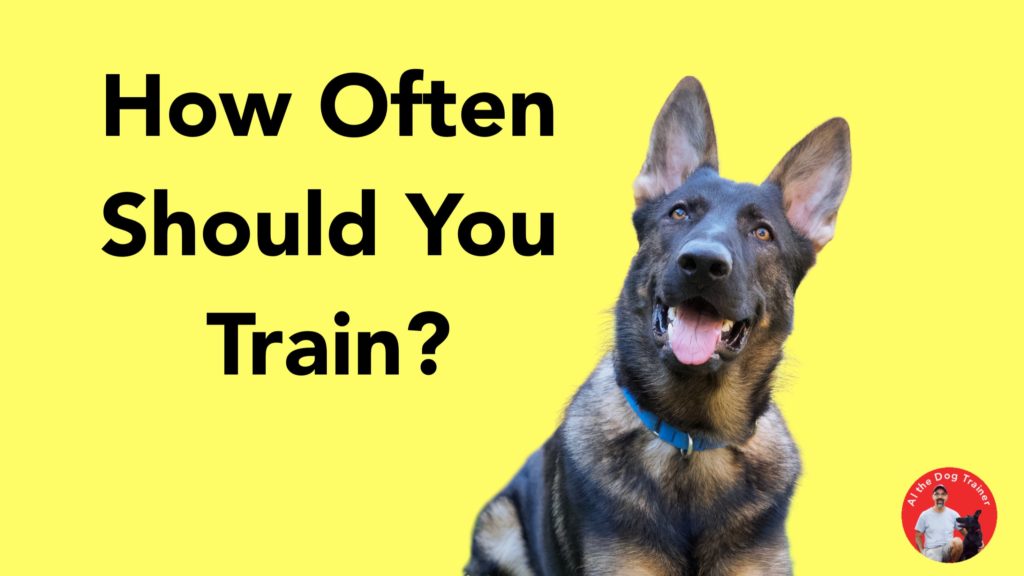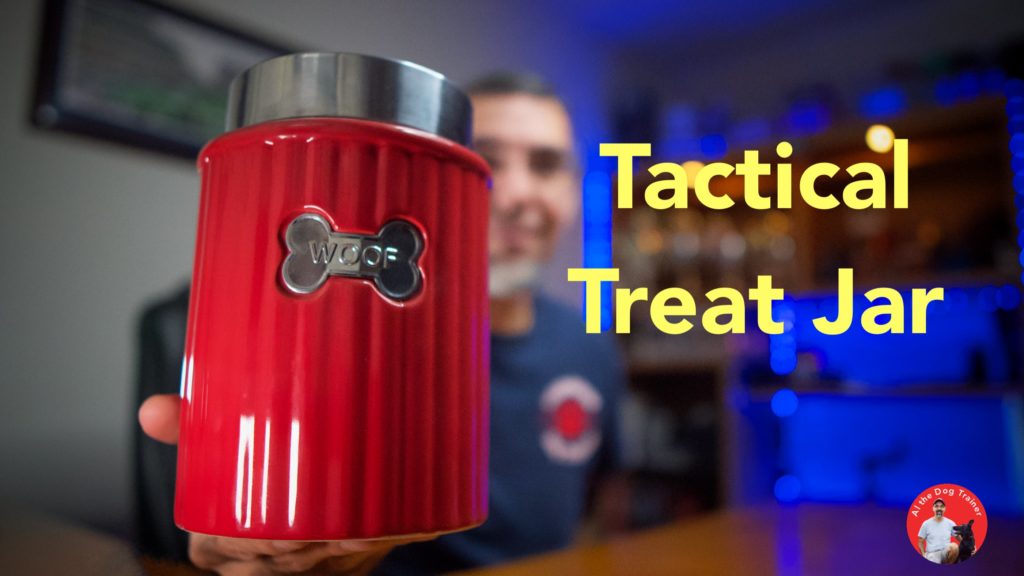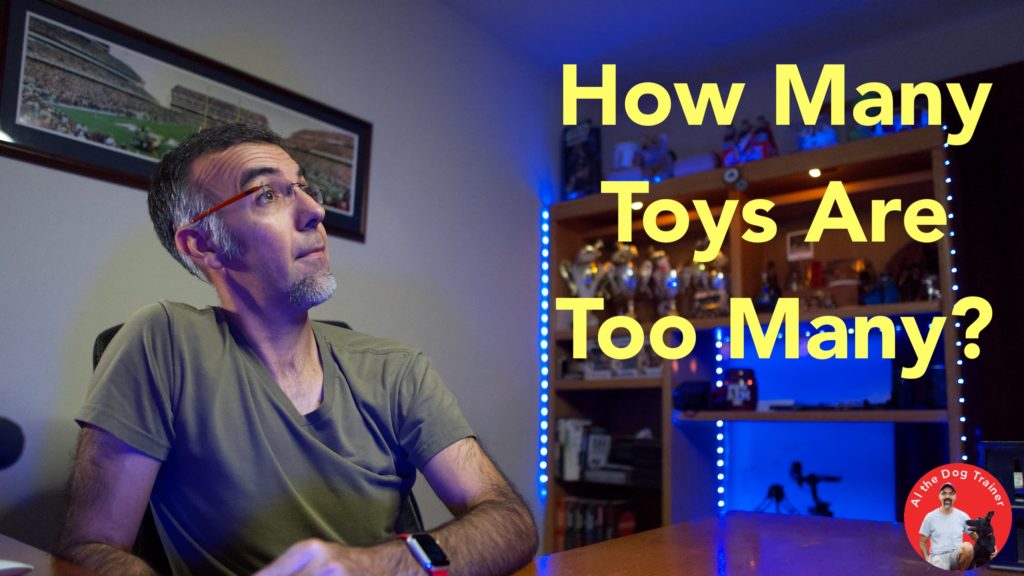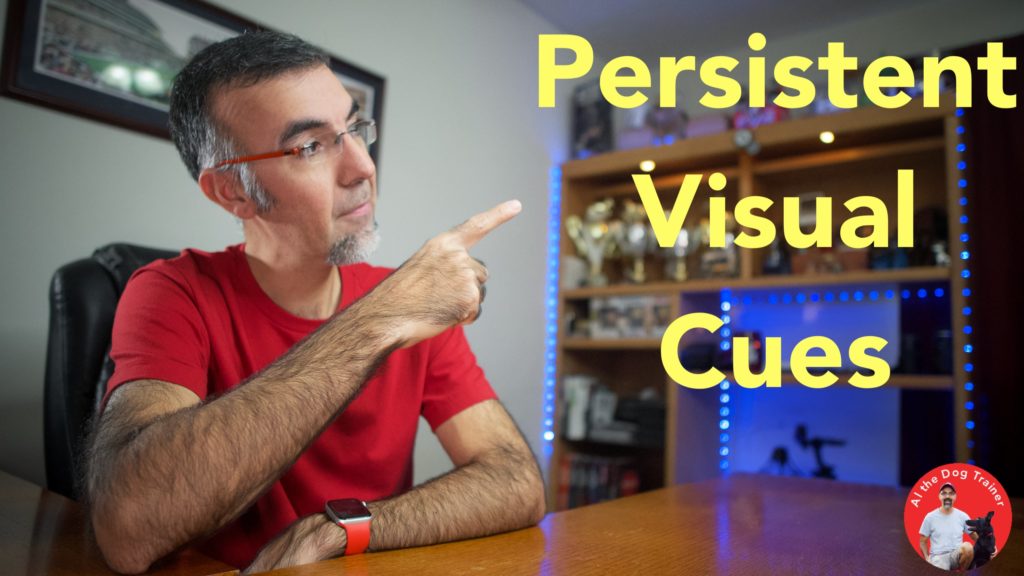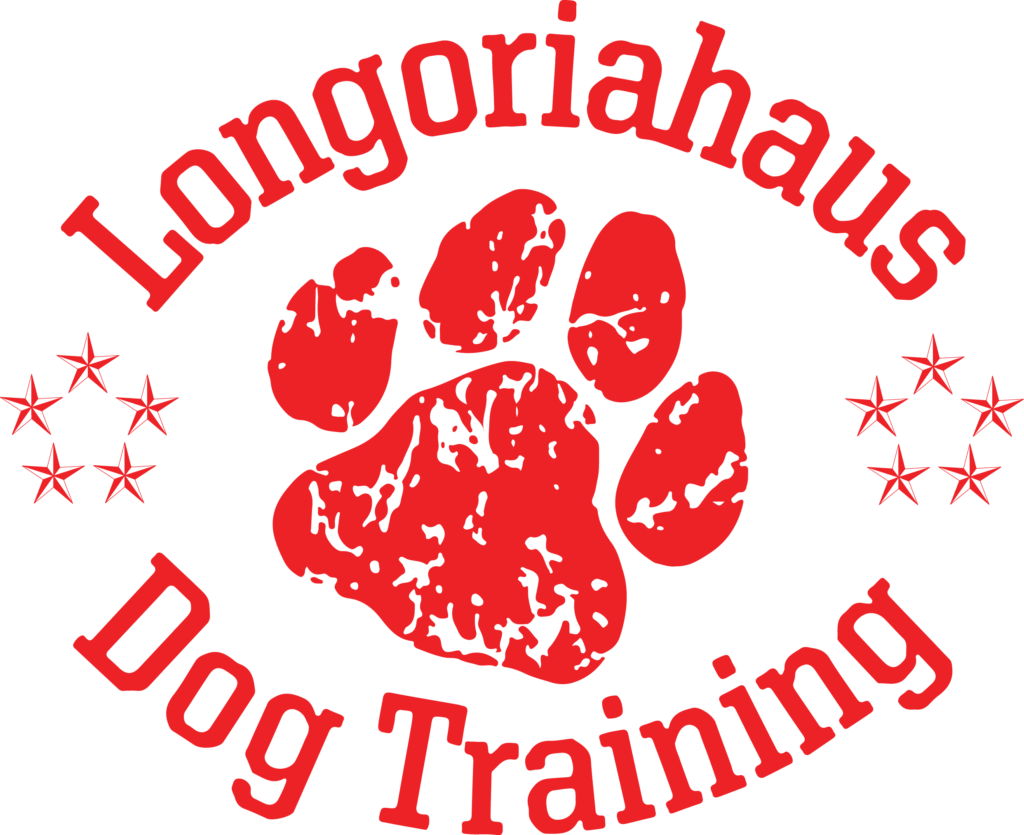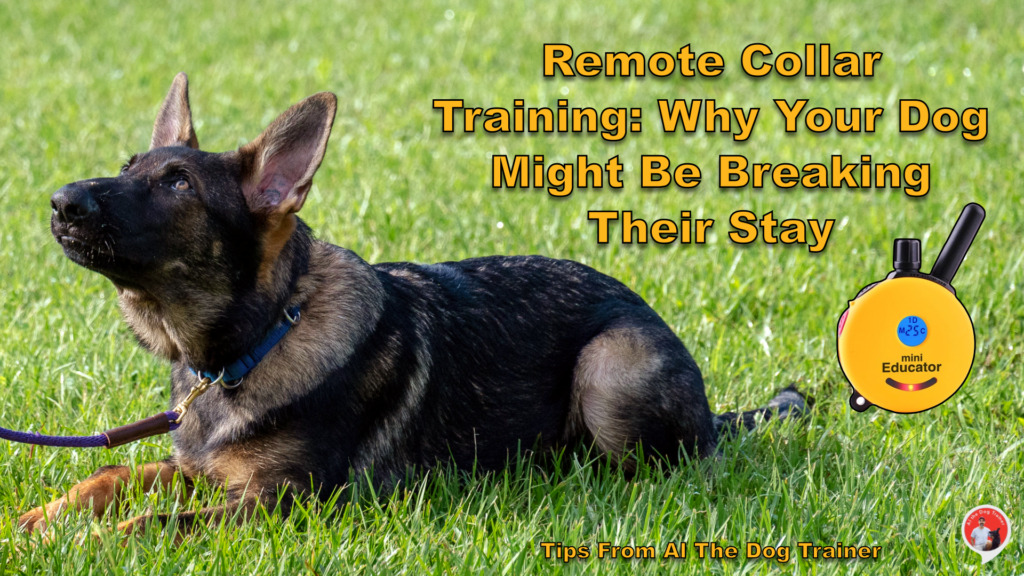
Today’s topic is: Remote collar training: Why your dog might be breaking their stay. So the prime association that I’m trying to get people to make with a remote collar is this one. With the dog’s working level; the dog should feel the stimulation. Then they should hear a voice command that they have previously been trained to do and that they’re good at. When the dog accomplishes what the voice command intends, the remote collar pressure should disappear. And then the dog should subsequently be rewarded.
It Is That Mild
For those of you that are new to remote collar training, the level that is being used on the dog to make this prime association is most likely below anything that you could feel. It is that mild.
Now, I’m not here to defend remote collar training, but I am here to help people who need help with it. So let me repeat what the prime association is. Your dog should feel its working level, hear a voice command, and do what the voice command tells the dog to do. Then the stimulation goes away, and the dog gets rewarded.
Okay, so one of the ways that dog trainers like myself associate this is by using the place command or the come command. In the place command, we press the button on the remote collar. Then we immediately tell the dog, “go to your bed.” Your word might be different. It might be “place” or something like that. But the dog would feel the stimulation and hear that voice command. And then when the dog got on there, moving away from you and getting onto their place, you would remove the stimulation, and the dog would get rewarded.
Long Line On The Dog
That’s a pretty good way to begin the conditioning for your dog, especially since many dogs are good at understanding to go to their place or bed. Another way people condition this is that they have a long line on the dog. The dog already knows how to come when called. And so they’ll let the dog out, and they’ll press the stimulation button on the remote collar.
They’ll call the dog with a command like, “come over here”, or they’ll use the dog’s name in conjunction with those words. And then, as soon as the dog starts coming, they turn the remote collar stimulation off. And when the dog gets to them, there is a food reward. So again, they press the button; they give a verbal cue. The dog does the behavior. The stimulation disappears, and they end up getting rewarded.
So what do these two things that I’m talking about have to do with dogs that might be breaking their stay? So if you started conditioning your dog to the remote collar and you started with the coming when called. That your dog was at the end of the line. You conditioned them to feel the stimulation that you’re going to call. Your dog’s brain now begins to think when they feel the stimulation, they should always go to their handler. Which your dog would be correct if that’s exactly what you’re doing.
Conditioning Phase
But what you want to do is, also want to show your dog that the stimulation doesn’t specifically mean to just come to you. It specifically means that they should listen to the voice command that you issue immediately after that. That’s why in the conditioning phase, it’s essential for you to to do both of these easy drills. And what I mean by easy drills is, I mean that your dog should be doing some coming and some going to their bed, so the dog should both move away from you, and the dog should move towards you with the different commands of come and place.
And this is why your dog might be breaking their stay if you started remote collar training. Because you’re doing too many repetitions of the come and not nearly enough of the stay. So here’s a handy tip that I use whenever I find a dog that I’m working within that situation. For every one time I call the dog to me, I reward the dog four times for staying in its place. So this way, the dog understands that the stay is the prime thing that I wanted to do, and I’m only going to call them to come occasionally.
I hope that one was really useful. If you have any questions, feel free to reach out. You may also visit my YouTube Channel for helpful videos and find many more tips like this right here at www.longoriahausdogtraining.com.
Happy Training!

